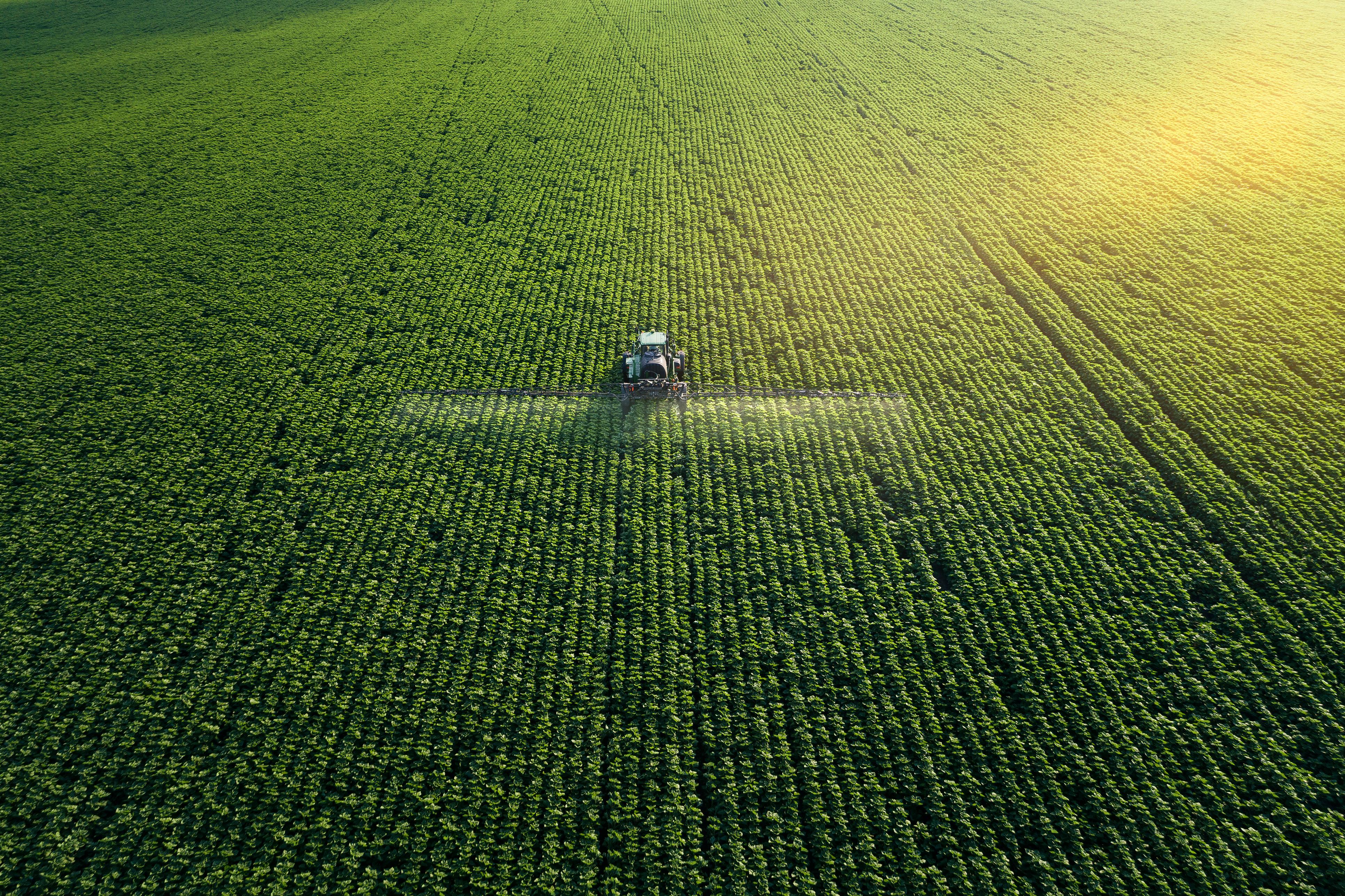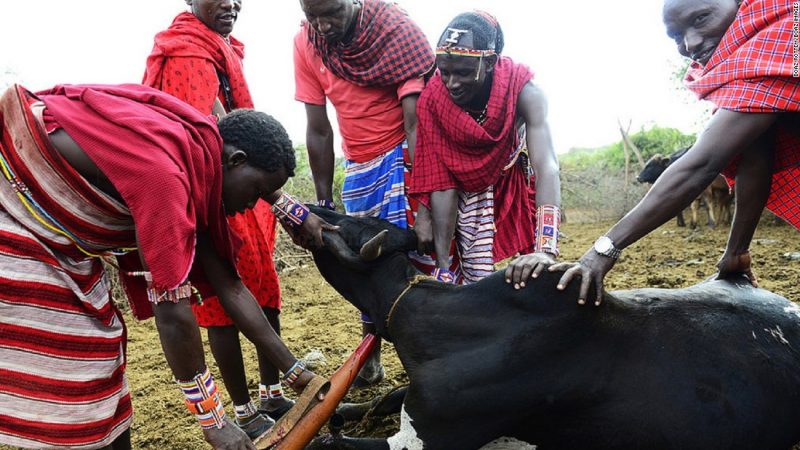In many aspects of modern life it is not difficult to see how far removed we have become from our cave dwelling ancestors. In most respects this is an obvious metric of technological progress. However a careful look at what has happened to the human diet between then and now will reveal one thing: we as a species are degenerating. A diet once flush with animal based nutrition has become supplanted by cheap, chemically fertilized and mass produced grains and sugars, overly processed and stripped of essential nutrition. This departure from the traditional human diet for favor of one dominant in soft processed foods and grains has been a disaster for human health.
Twelve thousand years ago in Southwest Asia and the fertile crescent, humans stopped foraging wild roots and vegetables and hunting for wild meat as they and their forebears had for hundreds of thousands of years. Instead they started to grow their food, constituting the birth of the first domestic gardens and farming cultures. It was in these microcosms that humans suffered from the first widespread instances of crooked teeth, deformed mouths, and recessed jaws. (Price)
As time went on, improved technology facilitated further industrialization of the agricultural process. As in the earliest farming communities, increased industrialization didn’t just allow us to be more productive. It further damaged our species to such an extent that the physiological differences between the physical development of our earlier counterparts and our current iteration are stark. Curious by this phenomenon, a dentist by the name of Weston A Price journeyed to places with peoples who in their entire history had not made any significant changes to their diet and thus ate in a manner consistent with the primal. The same tale played out everywhere he went: “Societies that replaced their traditional diet with modern, processed foods suffered up to ten times more cavities, severely crooked teeth, obstructed airways, and overall poorer health.” (Nestor 114) The culprit? Their diets were all the same “white flour, white rice, jams, sweetened juices, canned vegetables and processed meats” (Nestor 114)
For those cultures who maintained their traditional diets, consisting of cheese, meat, blood, animal organs, and fermented vegetables, the outcomes were equally consistent but far superior. According to Price “Their teeth were almost always perfect, their mouths were exceptionally wide, nasal apertures broad. They suffered few, if any, cavities and little dental disease. Respiratory disease such as asthma or even tuberculosis were practically nonexistent.” (Price 32) Price even painstakingly analyzed the skulls of 1276 Peruvian natives. Not a single skull had the dental deformities that are quite common today.
So today we have crooked teeth, smaller faces, and narrower palates; what is the big deal? As a trade off we as a species are much more comfortable. We no longer have to hunt and outsmart big game with primitive tools. Unfortunately with regards to dentition such bony development is inseparably related to nasal breathing ability, as the palate and mouth form the floor of the human nasal cavity. “Within just a few generations of eating [processed foods], modern humans became the worst breathers in Homo history, the worst breathers in the animal kingdom.” (Nestor 107) And when nasal breathing is impeded, so too is sleep and exercise, both foundationary fundamentals of human health. According to one study of many with similar outcomes, “Among patients with symptoms of nasal obstruction, compared to patients with normal nasal breathing, those with impaired nasal breathing had significantly lower quality of life in the physical and mental domains.” (Galazka)
What is it about the transition from an old, and from a modern perspective, frankly unappealing way of eating to our current food culture that has damaged our development so profoundly? Today, in burgeoning first world economies, little thought is given to what fills grocery store carts on hurried journeys through super market aisles. For the average consumer there is the perception that there are food options in abundance. Although this is not exactly the case. “45,000-odd items in American supermarkets, more than one quarter contain corn.” (Flannery) Corn which in most industrialized nations is sprayed with atrazine and glyphosate and is genetically modified and genetically engineered to be as sweet, large, and productive as possible. Apart from the harmful chemicals making their way into our breakfast cereals, this corn is so different from what natives once planted, it scarcely resembles it at all. This unnaturally fructose laden, polluted frankenfood touches every facet of our domestic food production. It is in livestock feed, its sugars are in our baked goods and soft drinks, and most of us have not too distant ancestors that never ate corn in their lives and who enjoyed a life free of many of the chronic metabolic diseases that we see skyrocketing today. What is lacking apart from a connection to our roots, and a knowledge of what we are eating (mostly corn), is nutrition in the form of essential fat soluble vitamins (not found in grains, but sorely needed by the body), minerals, and enzymes. We need all of these in the presence of one another to “develop strong bones throughout the body, especially in the mouth and face.” (Nestor 115)
Modern industrialized agriculture is particularly ill suited to the task of providing this nutrition whether we are talking about corn, soy or wheat. The widespread adoption and use of chemical fertilizers to fuel huge mono crops of staple grains has reduced a vast and incomprehensible web of nutrition, soil health and diversity, all occurring naturally in the food sourced from nature, to just three elements: nitrogen, phosphorous and potassium. “NPK fertilizers compromise trees’ root systems, block the uptake of micronutrients, encourage attack from harmful pests, and cause a host of other issues for plants. They also pollute waterways.” (Camu) When soil is fertilized with NPK, something essential to food, and to health is lost, and it is barely quantifiable. The food is still attractive, and abundant. It tastes reasonably good. It can be digested and burned for body heat, and caloric energy, but it has lost its soul. The plethora of vitamins and minerals and bacteria required for proper human development do not even begin to be replicated or replaced by NPK fertilizers. The vegetables of today, and the livestock that feeds on them are nutritionally bereft, therefore so too are we who depend on them for sustenance. By contrast, nature has a way of putting all of these things back into the soil for the sustenance of future generations. Early farmers understood this, but modern agriculture makes no such promises.
Unfortunately lack of nutrient density is only half of the woeful diet equation that has set humanity on its decline. Another crucial part of human development is the application of requisite mechanical forces. For development of the upper and lower jaw, the gateway of the airway, the greatest relevant mechanical force is that induced by chewing. “Our hunter-gathering ancestors and cousins spent hours every day chewing, chewing and chewing. All this motion of the jaw leads to broader mouths as the muscles and bones are in a constant workout every day.” (Cussen) Compare that to today in the USA for example where the USDA’s recommendation is a caloric intake comprising of 50% whole grains; a recommendation which is often and easily exceeded. The resultant malformation of the jaw, the seat of the teeth leads to lack of space for the tongue forcing it to the back of the throat creating apnea. Tangentially, the epidemic of these problems visible today has lead to a reconsideration of orthodontics, and a shift towards orthotropics: less focus on pulling teeth from a crowded mouth and bracing them into a proper bite, and more on using the body’s natural mechanical propensity (chewing and proper oral posture) for growth to create the necessary space in the mouth to ensure proper airway development.
It is clear then, that the quality and type of food consumed directly impacts health and development. It can also affect our psychological health in a negative fashion. People often say that the beauty of a face is subjective. But there are some qualities of a beautiful face that are timeless and ineffable. We see a sharp jawline and prominent cheekbones and gush. But our lizard hindbrains are telling us that this person likely has patent airways, was able to procure adequate nutrition in his formative years, and has a high likelihood of surviving with less health problems and a higher quality of life. It’s no wonder that the inverse, a sunken long face with retruded jaws and small airways, indicative of poor airway development and all of the health problems entailed are not valued as much as are the optimally developed. In the nature vs. nurture debate of what decides human potential and outcomes, food is a large part of what dictates epigenetic change. And so unfortunately the food of modernity matriculates too in a way, into poorer social relations, feelings of loneliness, and isolation— malformed unhealthy people who are castigated as ugly, and probably less able to assimilate than they otherwise would have been if they developed properly.
The dawn of the industrialized age catalyzed profound change for human civilization. Among these changes was the way industrialized nations sourced and processed their food resulting in a profound shift in the diet of the human populace, particularly in urban areas. This shift marked the beginning of widespread physiological decline in the health outcomes of the human species, with poorer breathing, less robust bony development, crowded teeth and dental problems, and uglier faces. And it all started in mankind’s earliest gardens.
Works Cited
Camu, Basil. “Using Fertilizer? Think Twice Before You Do.” Leaf & Limb, Leaf & Limb, 22 May 2019, www.leaflimb.com/Traditional-Fertilizers-Cause-More-Harm-Than-Good/.Â
Cussen, James. “Is Mouth Breathing Ruining Your Life?” Medium, Medium, 4 Sept. 2020, medium.com/@jamesgcussen/is-mouth-breathing-ruining-your-life-2b52fe6a7986.Â
Flannery, Tim. “We’re Living on Corn!” Michael Pollan : Michael Pollan Writes about the Places Where Nature and Culture Intersect: on Our Plates, in Our Farms and Gardens, and in the Built Environment., New York Review of Books, 23 June 2011, michaelpollan.com/reviews/were-living-on-corn/.Â
Galazka, Adam et al. “Association of breathing patterns and quality of life in patients with nasal obstruction.” Otolaryngologia polska = The Polish otolaryngology vol. 72,1 (2018): 11-15. doi:10.5604/01.3001.0011.5927
Nestor, James. Breath. Penguin Life, 2020.
Price, Weston A. Nutrition and Physical Degeneration. La Mesa, CA: Price-Pottenger Nutrition Foundation, 2003. Print.






